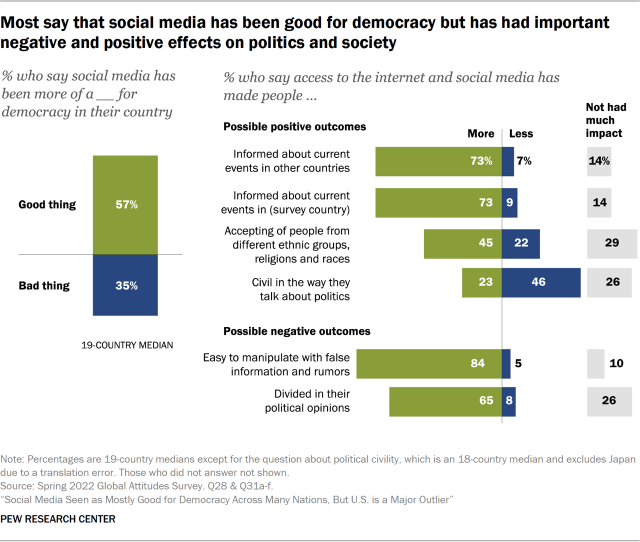White Paper by Barbara Prainsack et al: “…The concept of solidarity, applied to data governance, offers an approach to address the issues raised above. Solidarity-based data governance (in short: data solidarity) seeks to increase collective control, oversight and ownership over digital data and resources. In today’s societies, digital technologies and practices are entrenched in every domain of practice. Even people who are not heavy users of digital technologies contribute to the benefits that emerge from digital data and practice. They do so when data about their bodies and behaviours are captured by public institutions and companies, and as members of societies that make available the technical, social and knowledge infrastructures necessary for the generation and analysis of digital data. In short, in digital societies, all people contribute to the benefits resulting from digital data and practice. Similarly, everyone bears risks – not only that their privacy will be infringed, but also that they or other people will be discriminated against, profiled, or otherwise harmed as a result of data analytics and other data practices in fields as diverse as policing, administration and insurance. Against this backdrop, approaches that seek to increase the control of individuals over the use of their data remain important, but they are not sufficient to address the issues emerging from political and economic constellations.
Data solidarity’s core premise is that the benefits and the risks of digital practices need to be borne by societies collectively. The structure of this White Paper is as follows: After sketching our understanding of data solidarity and what a governance framework based on it should entail (Section 2), we discuss how data solidarity is different from related concepts (Section 3). We then give an overview of manifestations of data solidarity in existing legal frameworks (Section 4). Following this, we elaborate on policy instruments that can realise the proposed solidarity-based data governance framework (Section 5). We then discuss other ways to enable and improve data solidarity (Section 6). We end by providing specific recommendations to policymakers and other actors (Section 7) and presenting a brief research agenda for the immediate and near future (Section 8)…(More)“.

